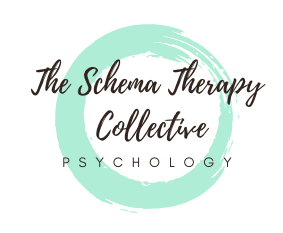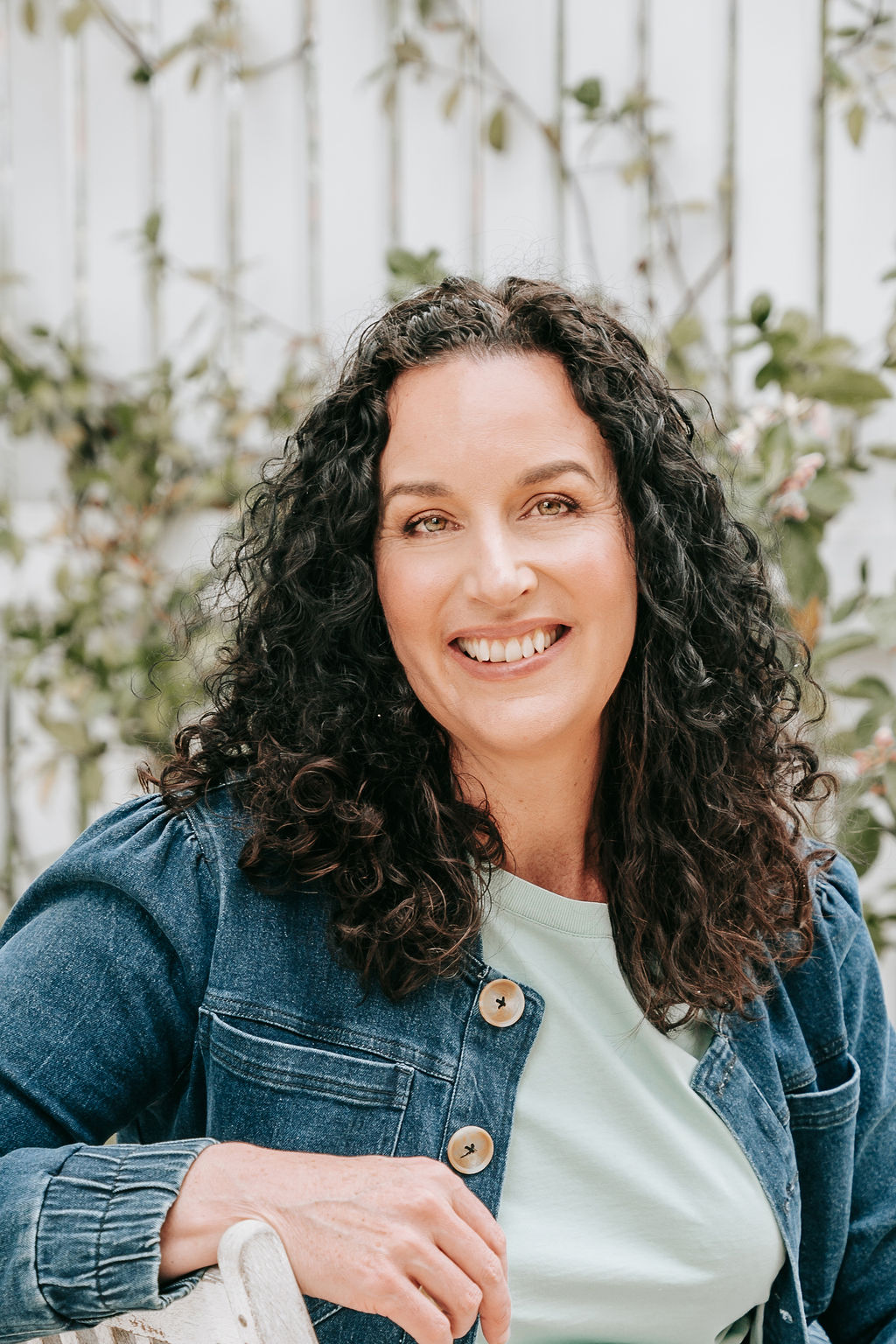If you believe that your feelings are dangerous and can cause damage or result in serious consequences, you may have the fear of losing control schema.
Yalcin et all (2022) defines this schema as “The excessive inhibition or disconnection of spontaneous emotion, action, or expression, due to a fear that one would otherwise lose control of their impulses resulting in dire consequences.This may include fears of being overwhelmed by emotions (e.g., as in panic/fear or despair), fears of others’ response (e.g., abandonment/rejection, ridicule, judgement), fears of harming self/others (e.g., if giving in to aggressive impulses or intrusive thoughts), fears of ‘overindulging’ (e.g. losing control of spending, eating). There may be an excessive preoccupation with one’s internal state and how one appears to others.”
If you have this schema you may:
generally feel anxious a lot or all of the time
have a lot of worries about your thoughts and impulses
do everything you can to suppress spontaneous emotions even pleasant feelings
be very careful about what you say and do
monitor all your thoughts and feelings as if they were dangerous
have a fear of blurting out the wrong thing
obsessively fear losing control through anger
obsessively fear harming others through a loss of control
You may have a diagnosis where “the symptoms themselves begin to take a life of their own” (e.g., panic disorder, harm/sexual-based OCD, addiction, PTSD, bipolar), social anxiety, ADHD.
All of these diagnoses, worries and concerns result in people spending a lot of time monitoring their internal state and not expressing genuine feelings or thoughts to people.
The origins of this schema
People who have this schema have generally been raised in families where there was excessive restriction of emotion by caregivers/parents or excessive displays of emotion that was frightening and unpredictable. For people this schema they receive the message that expressing emotion isn’t safe. There may also have been no space for the feelings as a child, or an over-reaction to normal childhood feelings, thougths and behaviours by parents and there was little to no space for spontaneity and play. This tends to happen in families where the world and others were generally viewed as threatening by the parent/s, or where a parent was very big with their emotion requiring a child to be very small and unseen in response. In my clinical practice, I tend to see this schema occur in people who have been raised in family violence situations in which healthy expression of anger was not present and they saw adults lose control and harm people and then fear they will also harm others if they feel strong emotion too.
What helps heal this schema
People with this schema need support and encouragement to experience the emotions they are terrified of in the safe environment of therapy and then in the outside world. This can happen through exposure to emotions through activities that encourage spontaneity and play and therapeutic exercises like imagery rescripting that give people the opportunity to have their emotional needs meet and develop healthier and more adaptive ways to experience themselves and their emotions.
If you have this schema it is worth healing it so that you can experience a life with far less anxiety. You will also learn to know yourself as the unique human that you are with all your thoughts and feelings. This will also allow you to connect authentically with others and improve your quality of life.
Reference: Yalcin, O., Marais, I., Lee, C., & Correia, H. (2022). Revisions to the Young Schema Questionnaire using Rasch analysis: the YSQ-R. Australian Psychologist, 57(1), 1-13.https://doi.org/10.1080/00050067.2021.1979885 Page 1 of 2
and interview with Dr Ozgur Yalcin for Schema Therapy Made Simple (2023).


